These Lush Ferns Are Easy To Grow Inside During Winter
During the winter, most people crave having something green and growing in their homes. Adding plants to your indoor space can help it feel more like an urban jungle and even boost your mood when it's gray or rainy outside. Many ferns work well indoors as they tend to grow in areas with low light. The ferns in this list are tried-and-true options to add some greenery to your home.
Rabbit's Foot Fern
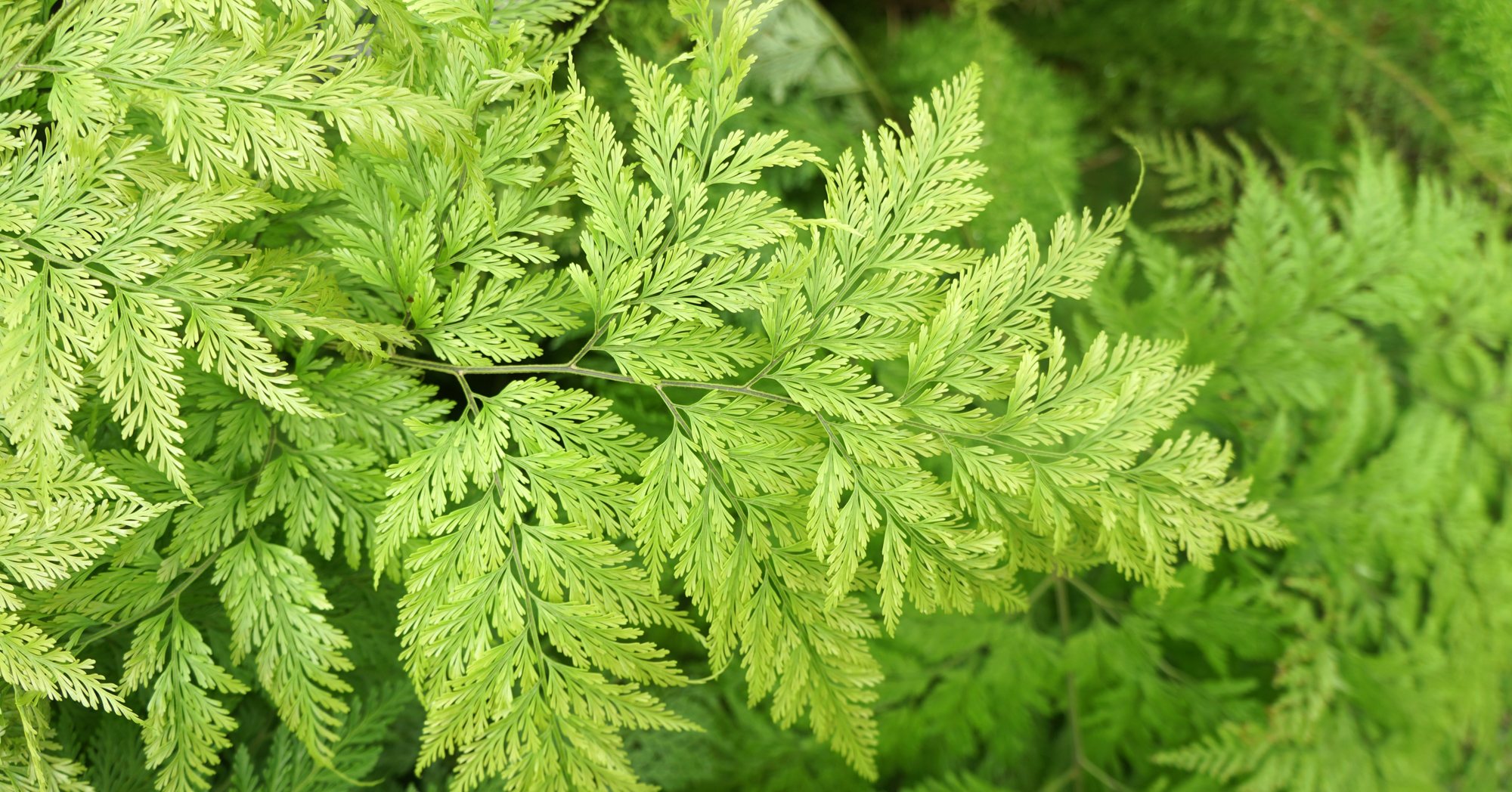
The Rabbit's Foot fern, Davallia, definitely looks soft and fluffy but the name comes from the rhizomes (roots) that climb up along the top of the soil. You can grow this fern in pots or hanging baskets. Make sure to provide it with plenty of water, light, and humidity to keep it looking lush.
Boston Fern
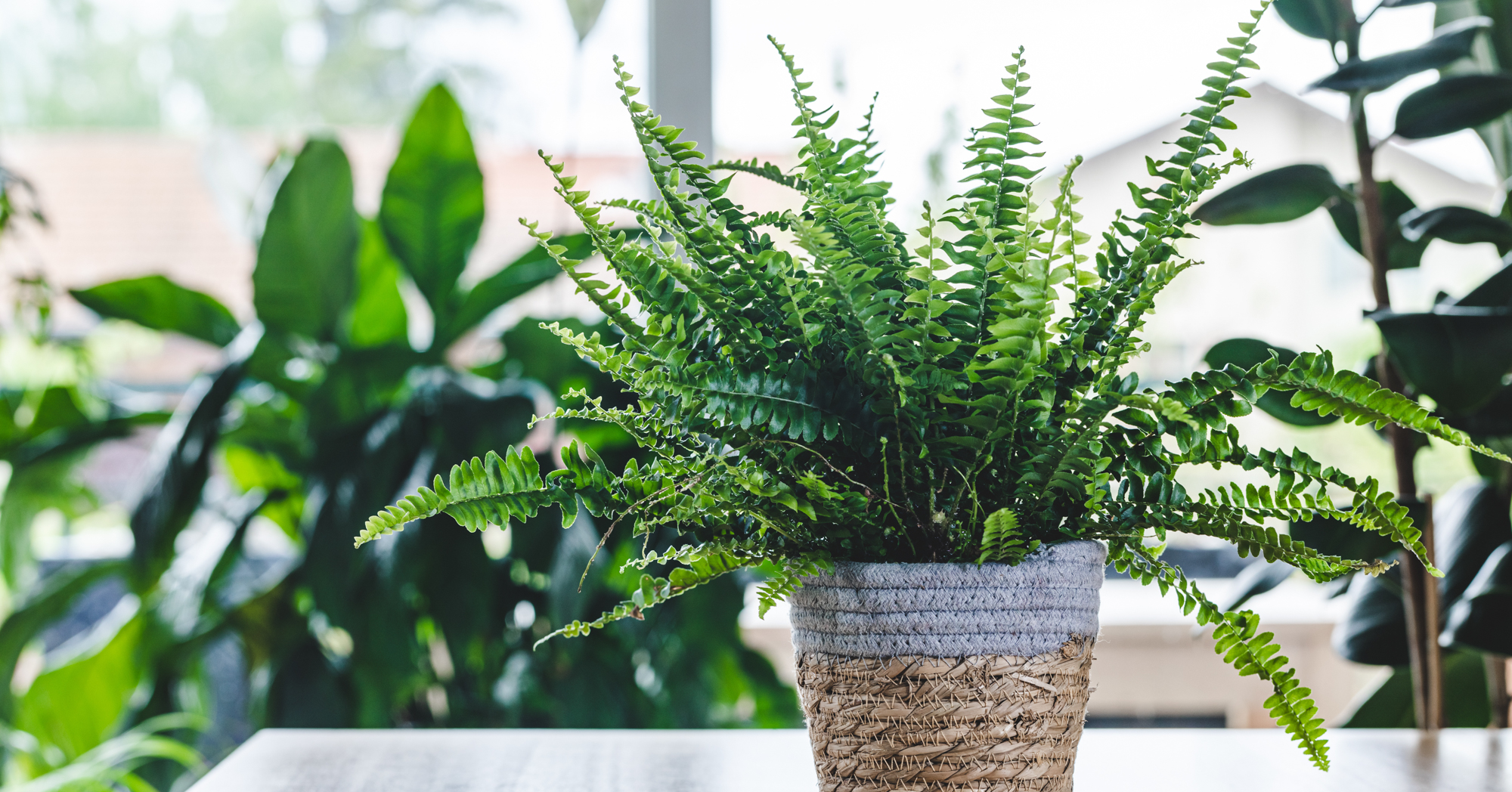
People have been growing Nephrolepsis exaltata, or Boston Fern, indoors for over 100 years so it's a classic choice. On top of that, it's very easy to grow as long as you keep the soil consistently damp. If the humidity gets too low, you may notice your fern get brown or dried-up leaves. This fern is also called the Sword Fern due to the shape of its leaves. You can grow this fern in traditional pots or in hanging baskets as the fronds will droop downward as they get larger.
Maidenhair Fern

Flowy and full, Adiantum or Maidenhair Ferns have delicate fan-shaped leaves on thin branches. These plants like bright, indirect sunlight all throughout the day. They can be a bit tricky to keep properly watered as the soil needs to stay consistently wet. If you go on vacation, you'll need a plant sitter to give this fern a drink each day you're gone. Humid climates are ideal, but given enough water your fern will likely still be fine in a dry room.
Silver Lace Fern
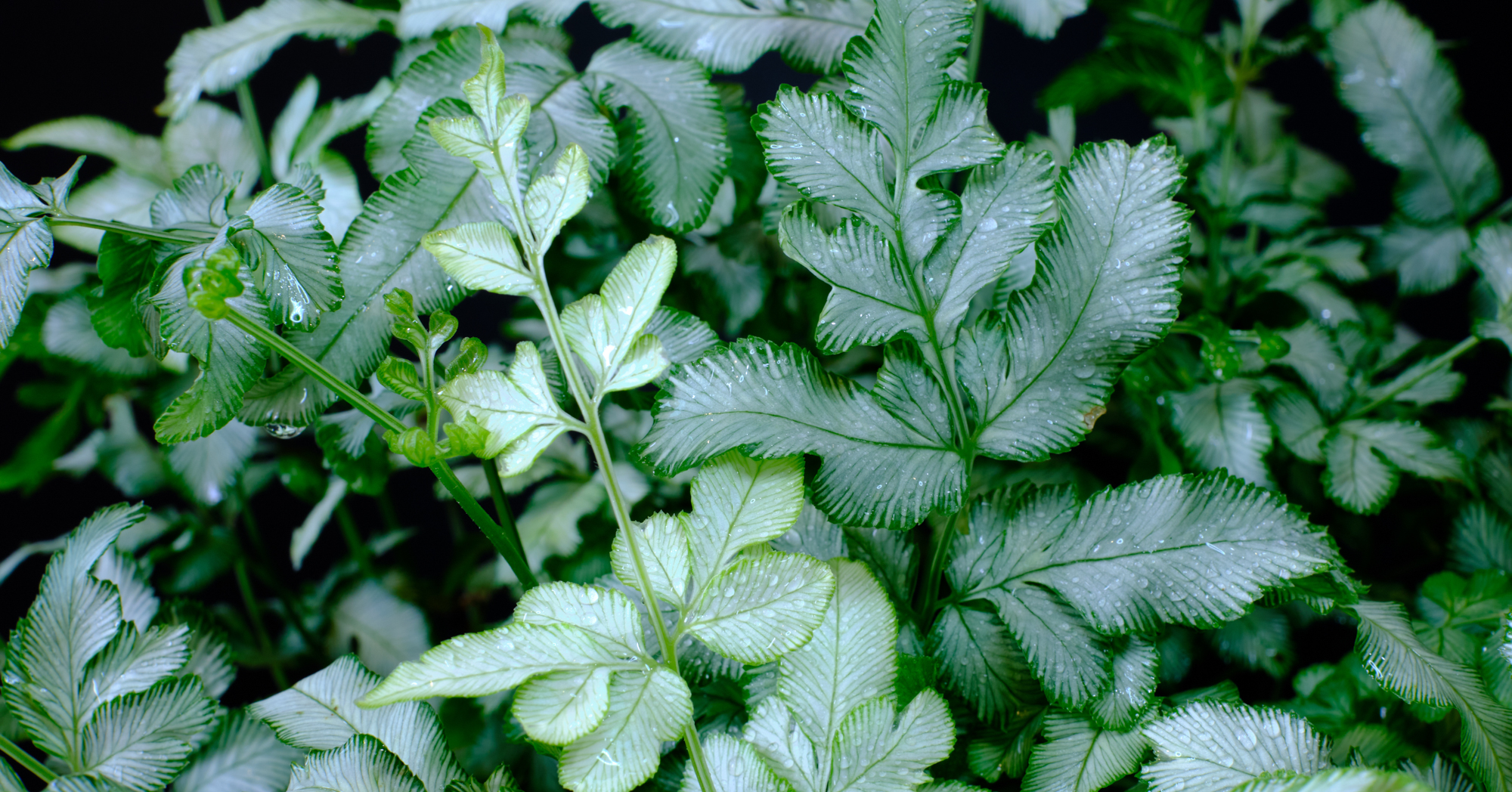
There are a number of "Silver" ferns in the Pteris genus. Silver Lace Fern, pictured here, has mostly silver leaves with a hint of green along the edge. Many others related to it have stripes of white or silver through their fronds. These ferns do well in low light and look a bit more elegant than many other ferns. You'll find these to be easy to grow, though they do require consistent watering.
Bird's Nest Fern
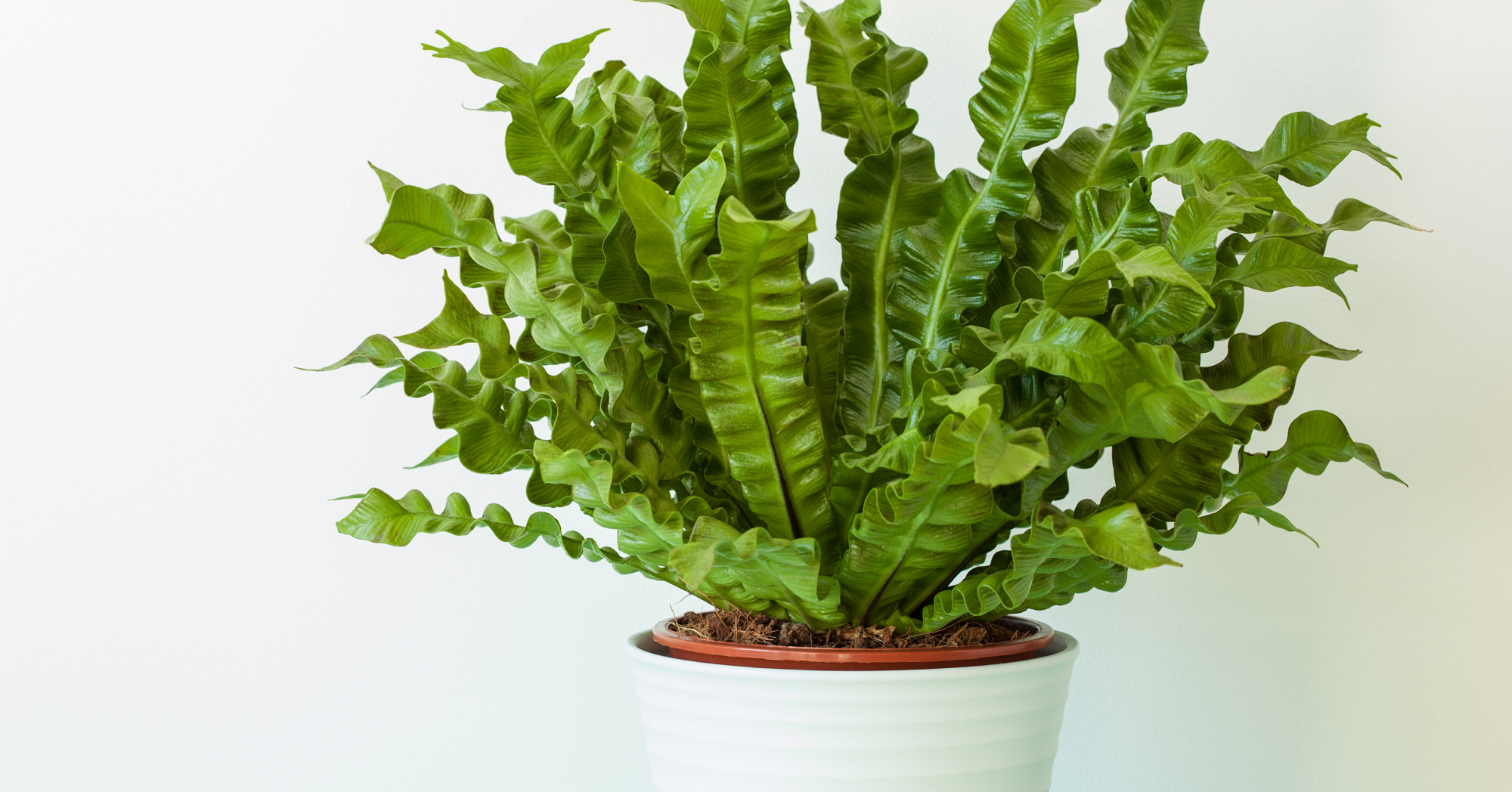
If you like the look of funky, wavy leaves, then Asplenium nidus, Bird's Nest Fern, is a great option for you. Unlike other ferns that produce lots of small leaves along a stem, the fronds on this fern grow independently and are smooth, wide, and glossy. You'll want to grow this fern in an area with high humidity and lots of indirect light. Make sure to keep the soil damp to help it grow as healthy as possible.
Button Fern
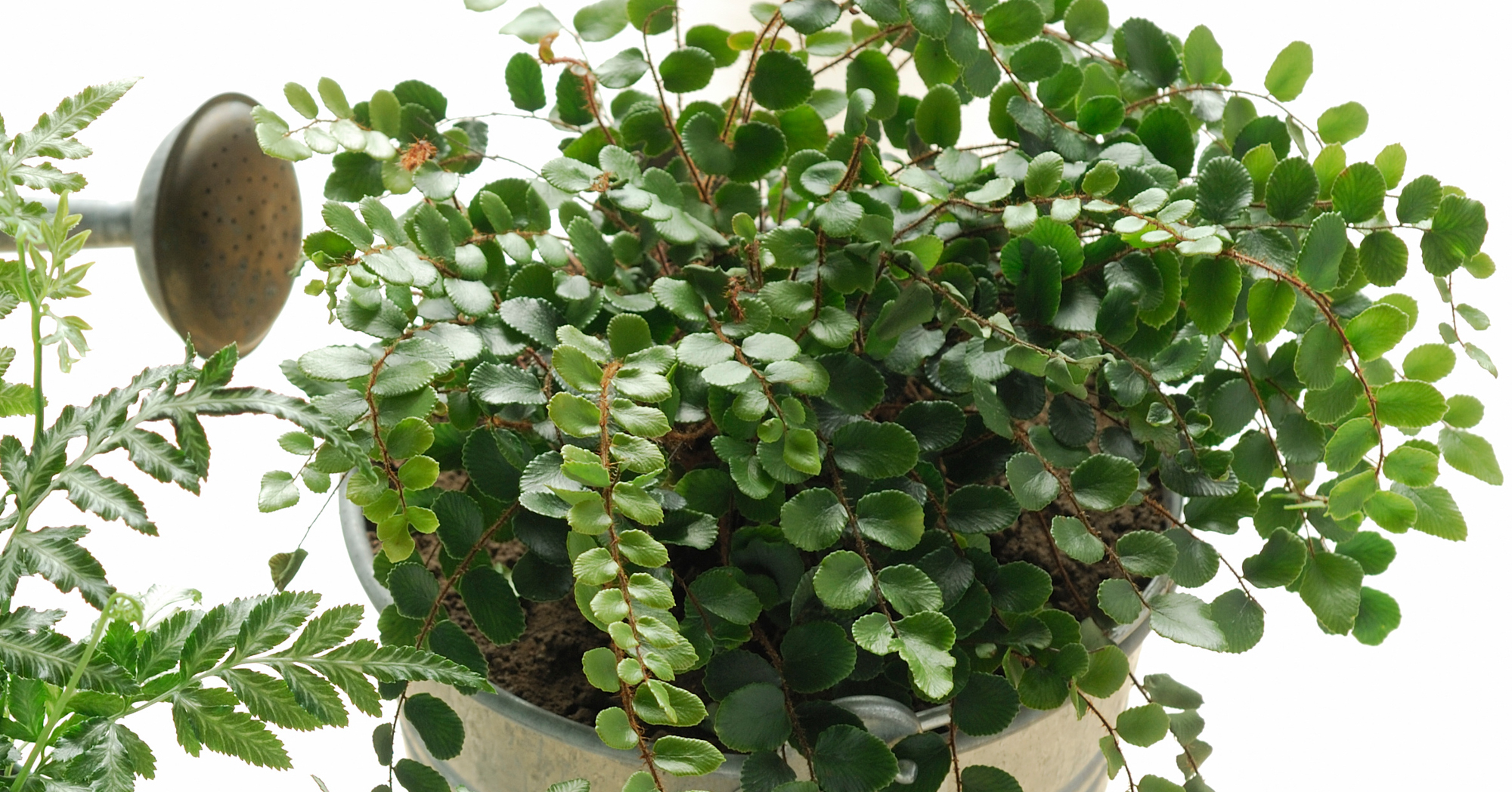
Pellaea rotundifolia, or Button Fern, has small round leaves that give them a unique look compared to other ferns. They don't generally grow very large, so they're great if you don't have a lot of space for plants but still want something to add life to your home. If you live in a dry climate, this fern will grow better for you than others that require high humidity. They are typically easy to care for and not very fussy.
Staghorn Fern
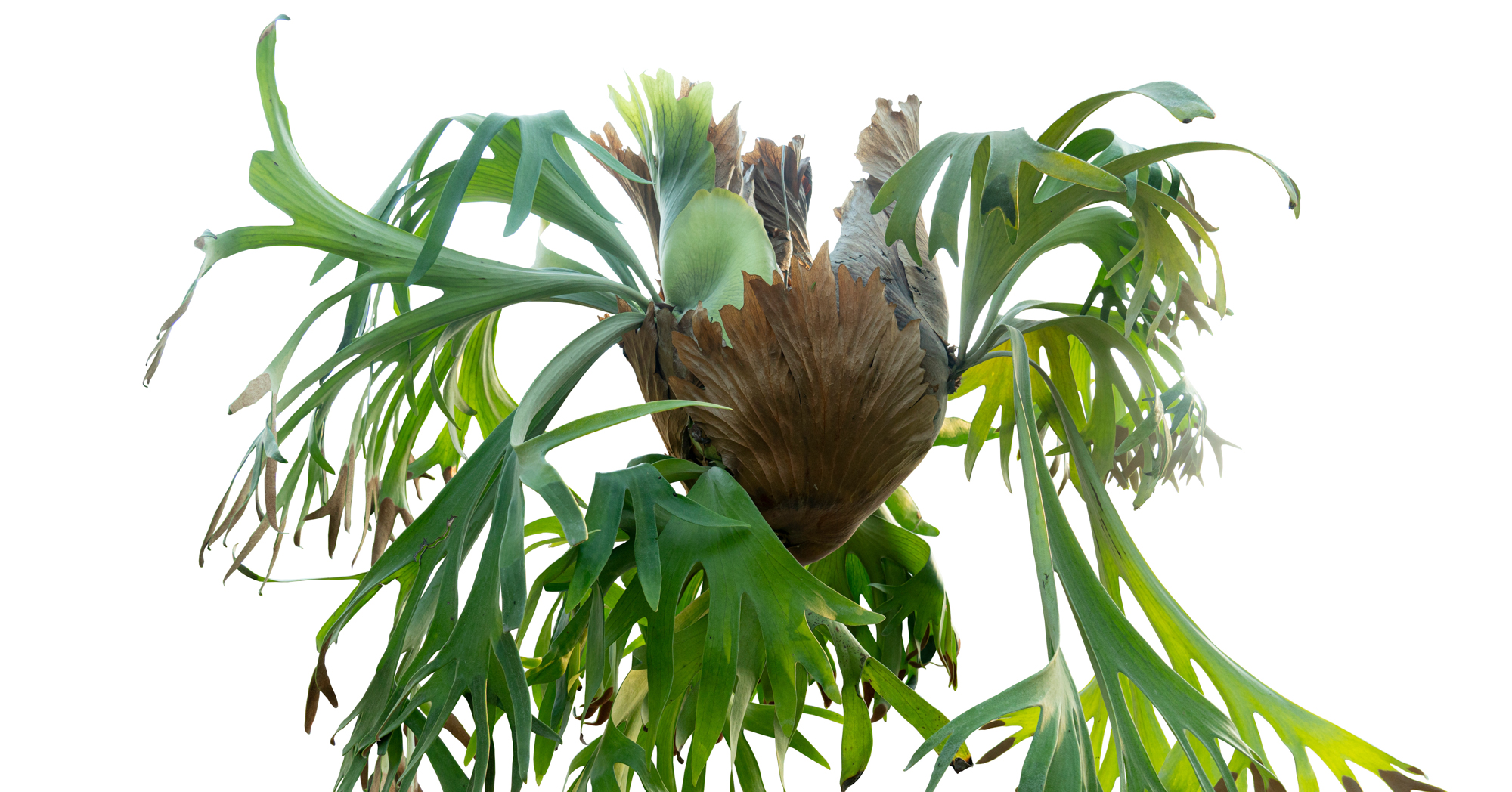
Platycerium is commonly known as Elkhorn or Staghorn fern and has uniquely shaped leaves that resemble, you guessed it, horns. As epiphytic plants, these ferns can grow on other plants or surfaces and don't require a traditional pot or soil. It's common to see this plant mounted and hung on the wall rather than in a pot on a shelf or table. They can be a bit tricky to care for, but if you keep them in a humid climate with bright, indirect sunlight they will grow well.
Blue Star Fern
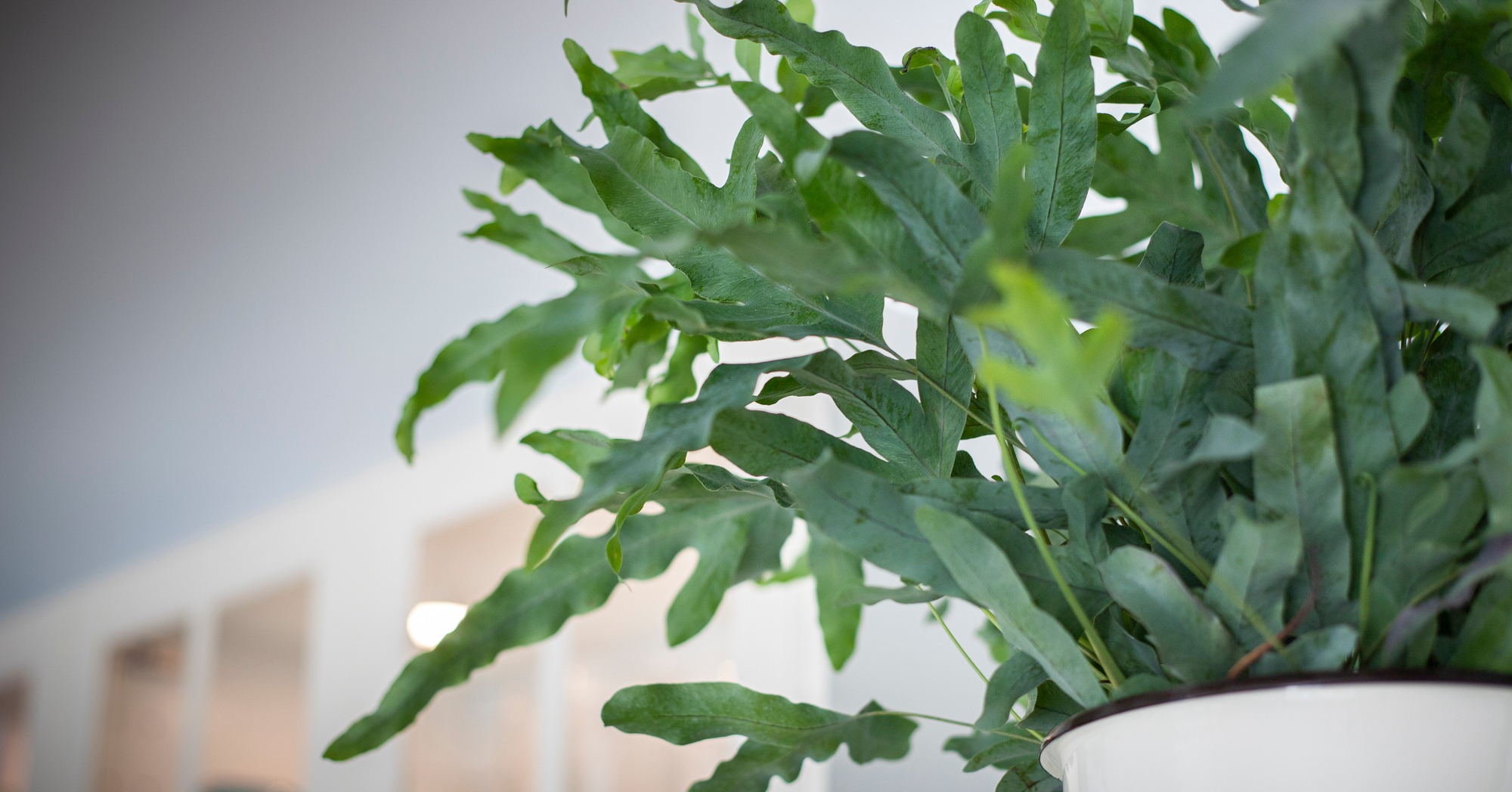
Not quite green and not quite gray, Blue Star Ferns have uniquely colored fronds that provide a nice contrast to other green houseplants you may be growing. They need quite a bit of light and high humidity to thrive inside. Place them near a bright, south-facing window and keep them away from air conditioning or heating vents. Be sure to water consistently to keep them healthy.
Kangaroo Paw Fern
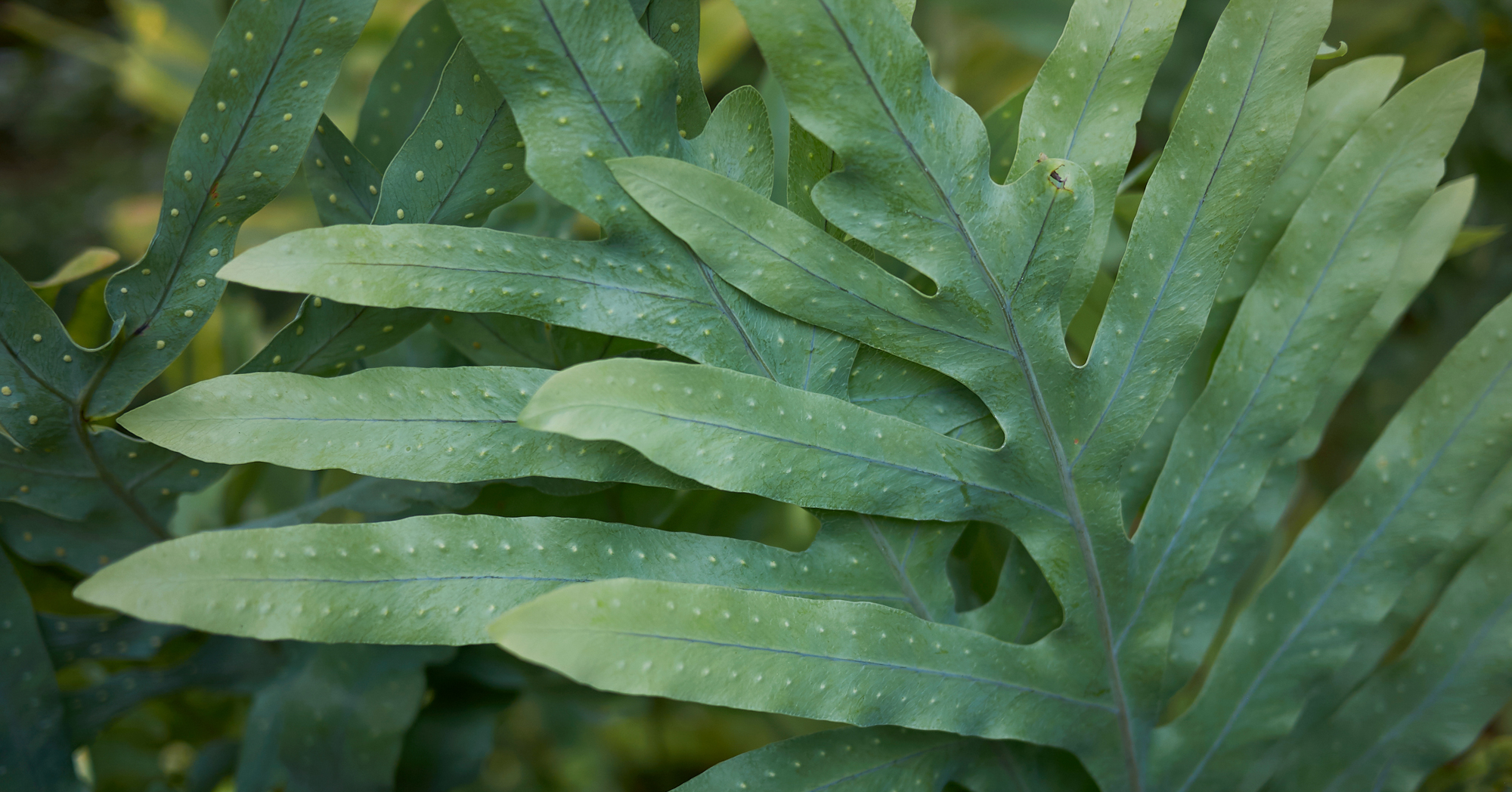
Microdorum diversifolium, or Kangaroo Paw Fern, has large deeply lobed fronds that crinkle slightly. They can tolerate low-light areas but need quite a bit of humidity to truly thrive. This is a slow-growing plant so you won't have to worry about repotting it very frequently. While some ferns have soft and delicate leaves, Kangaroo Paw fronds are thick and leathery, making them more durable than some other options.
Gorgeous, Self-Seeding Flowers You'll Only Have to Plant Once
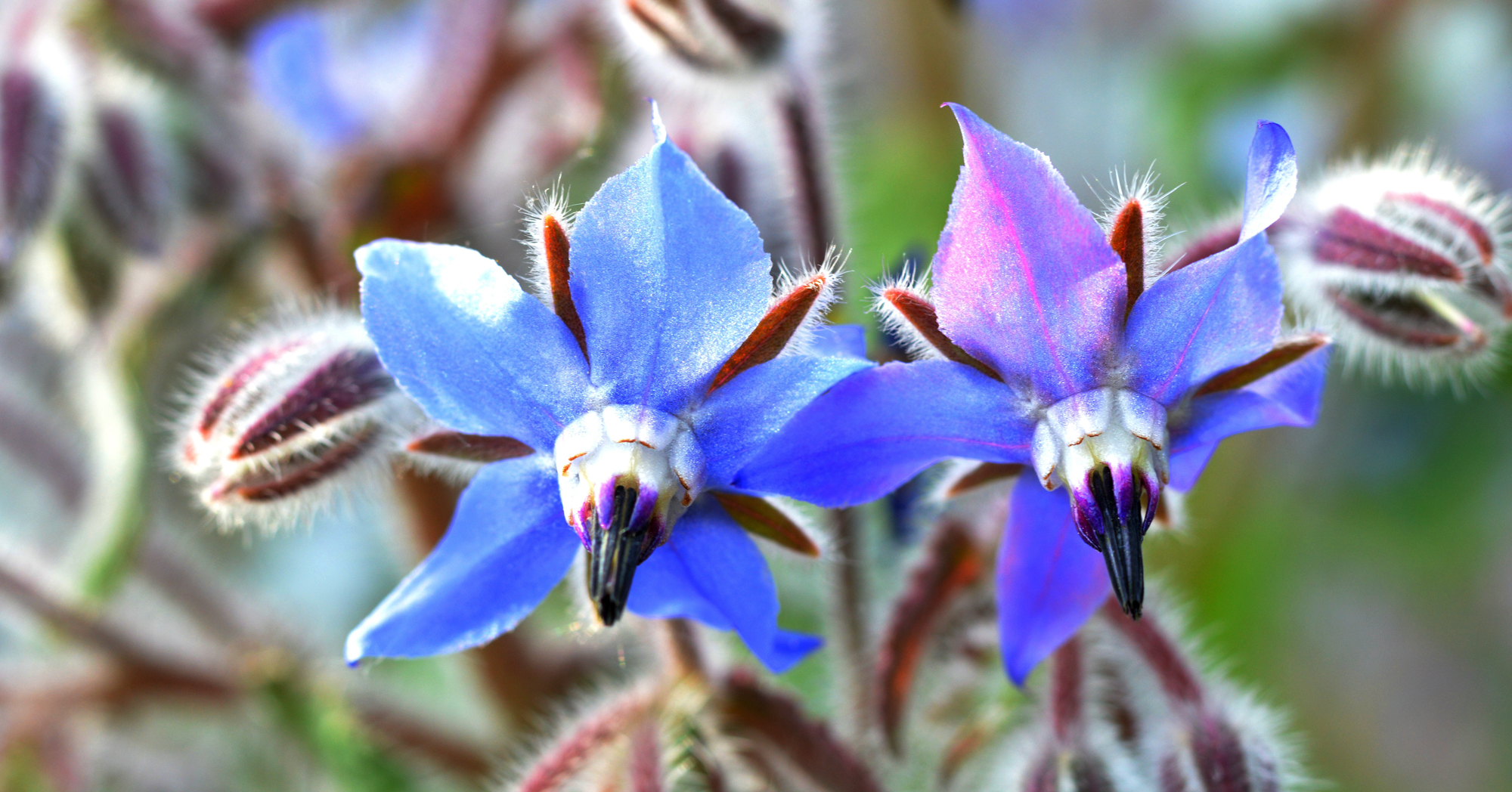
Growing flowers from seeds is an inexpensive and great way to grow annuals (plants that only live for one year). However, just because you plant them once doesn't mean you'll have to re-plant them each. Some plants self-seed quite easily and will come back year after year with very little effort on your part. Many of these flowers also attract pollinators, such as bees and butterflies, to your garden.
A Beautiful Way To Help Save The Bees
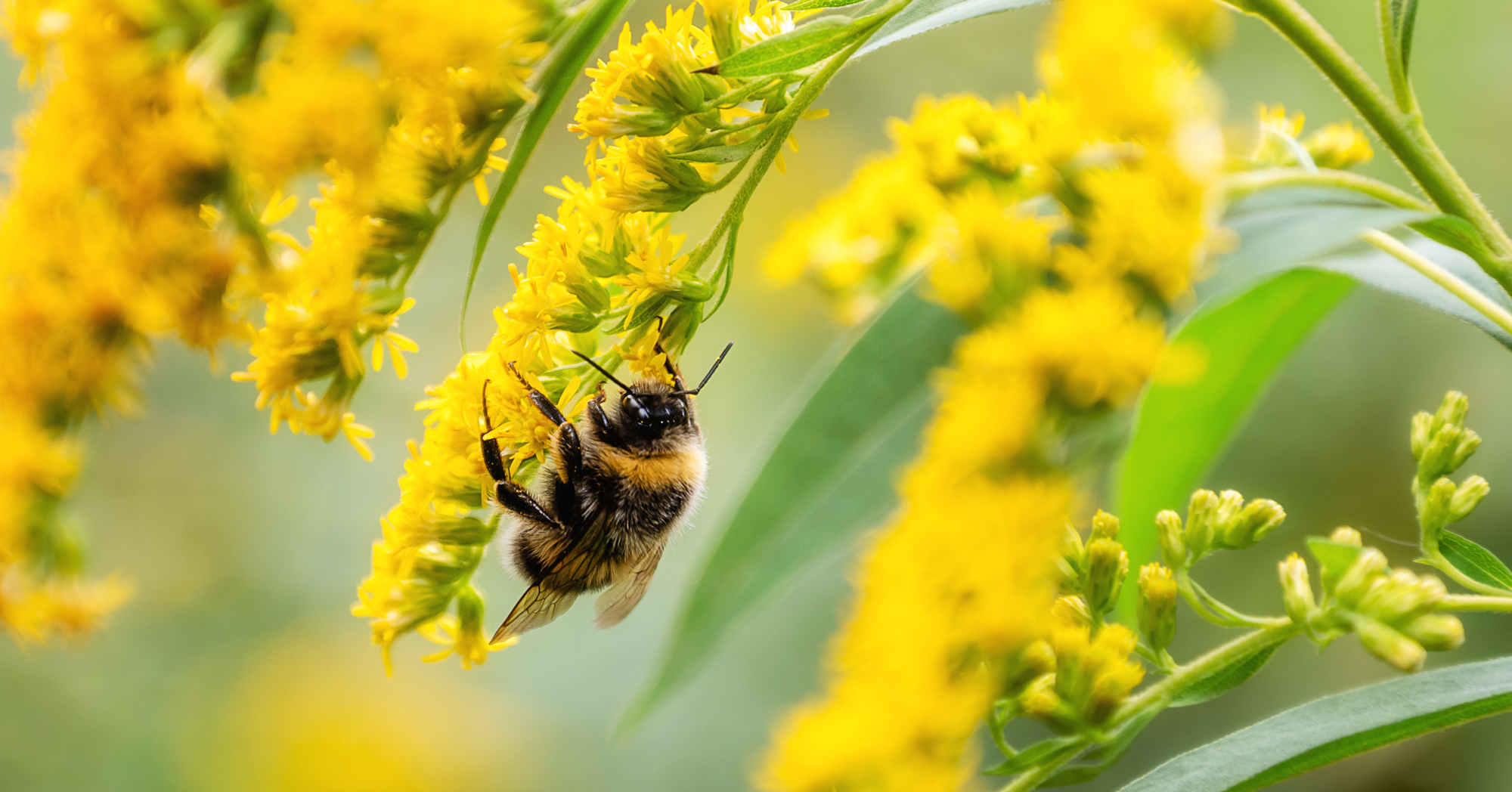
One of the best ways to help the bee population grow is by providing them with plenty of food. You can easily do this by planting bee-friendly flowers in your garden. Also, be sure to avoid using pesticides and make sure there is a water source nearby to help them stay healthy. There are several varieties of plants that are sure to attract bees to your garden and help these busybodies pollinate the fruits and vegetables we love to eat.
Save Your Succulents With This Critical Watering Technique And Look Like A Pro
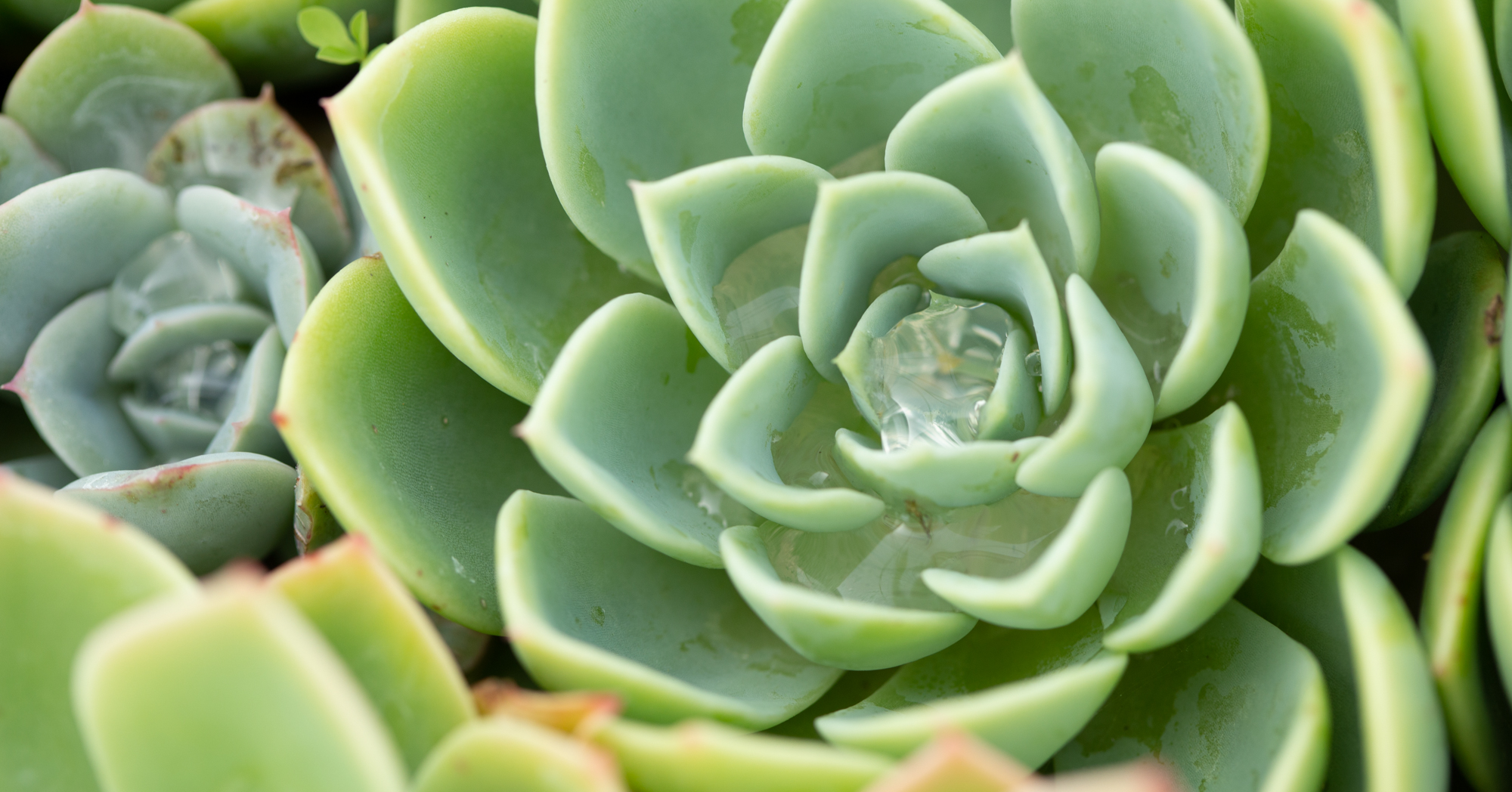
A big part of keeping succulents healthy is providing them with the right environment. You'll want to pay attention to the soil they're in, how much sunlight they're getting, and most importantly, how often you're watering them. The method and frequency of watering succulents are critical to preventing rot while encouraging lots of new growth.
Butterflies Can't Resist These Flowering Plants
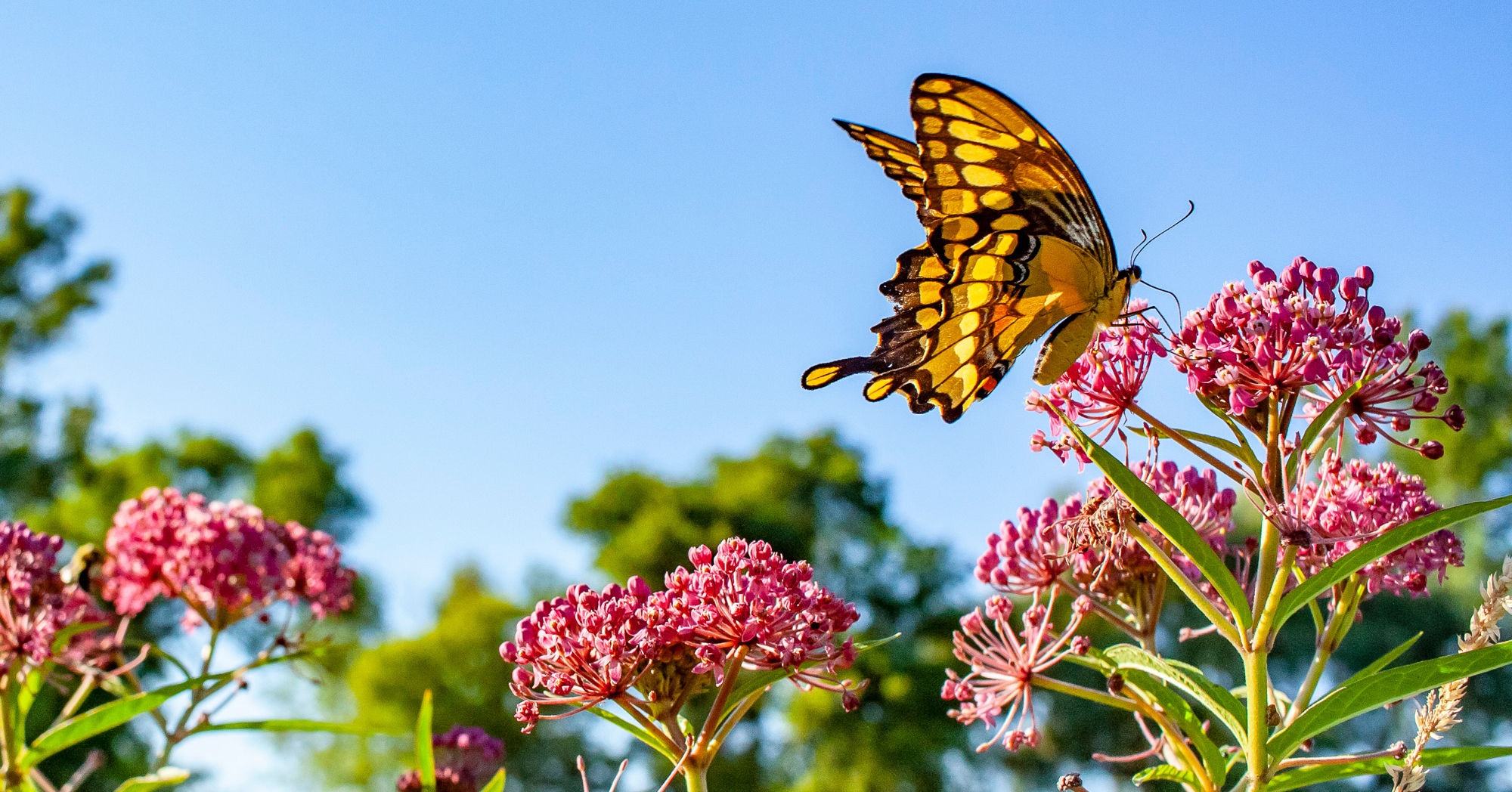
Watching butterflies around your garden is a great way to relax and unwind. Encouraging these beautiful insects to come into your yard is as simple as growing plants they're attracted to. While nearly any flowering plant will bring butterflies into your garden, the plants in this list are tried-and-true butterfly favorites.
The Worst Gardening Mistakes Beginners Make Regularly
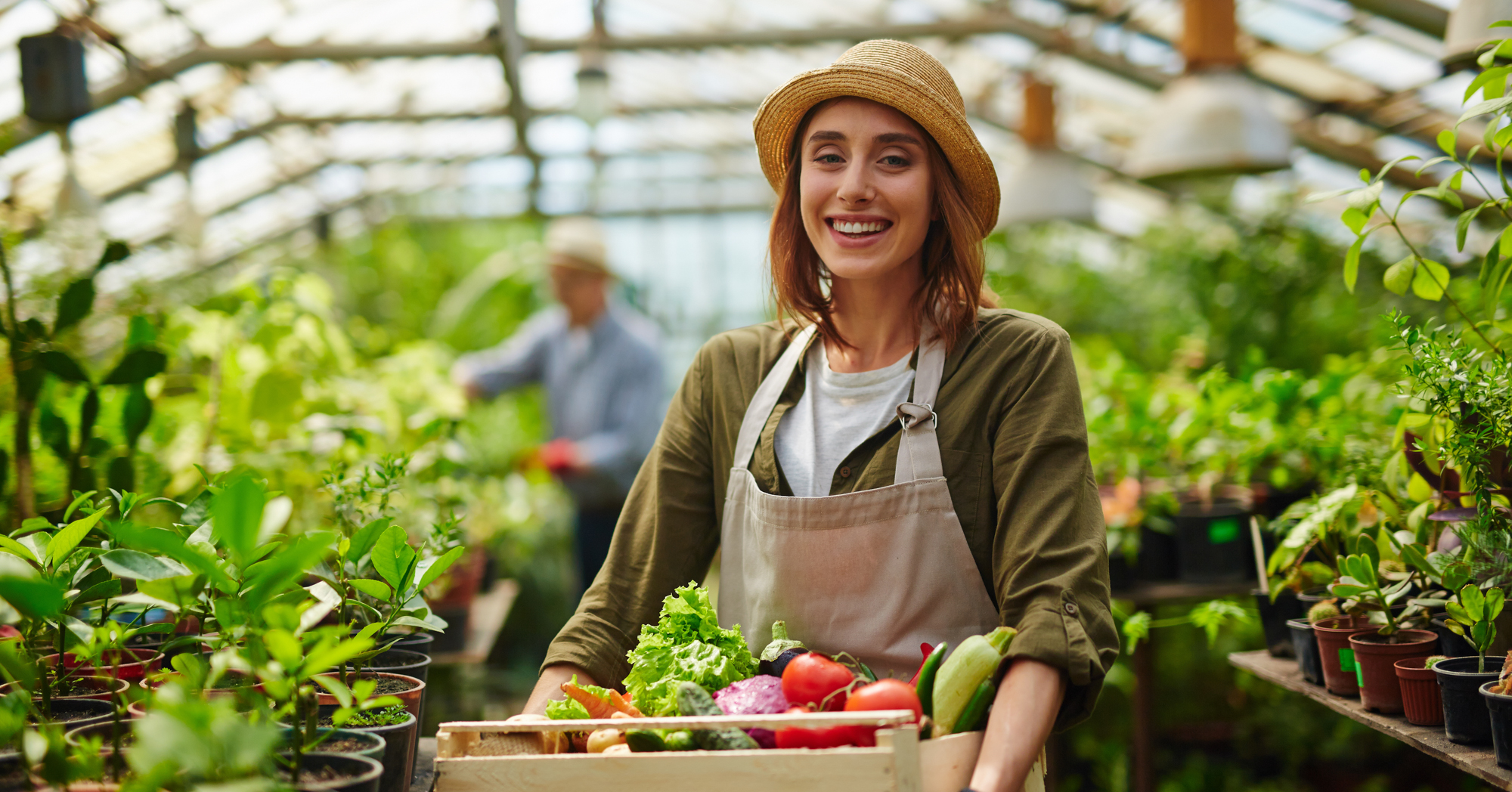
Gardening is a lot of fun but can also be quite overwhelming if you're just starting out. Naturally, new gardeners often learn from what they see more experienced growers doing. Sometimes this can lead to mistakes as beginners don't have the same knowledge and experience. These mistakes can be avoidable, but you have to know what to look for.
This article originally appeared on Succulents and Sunshine.